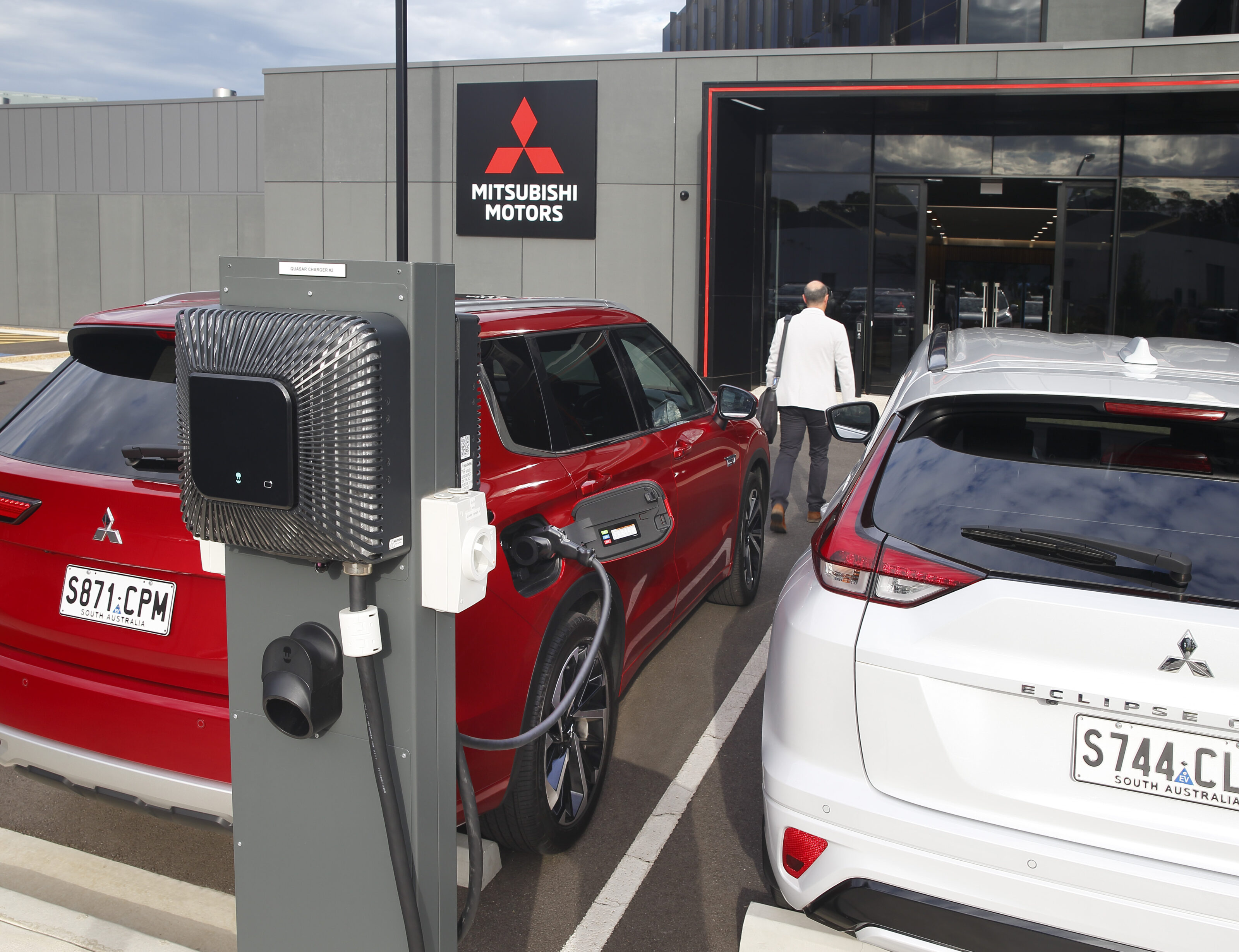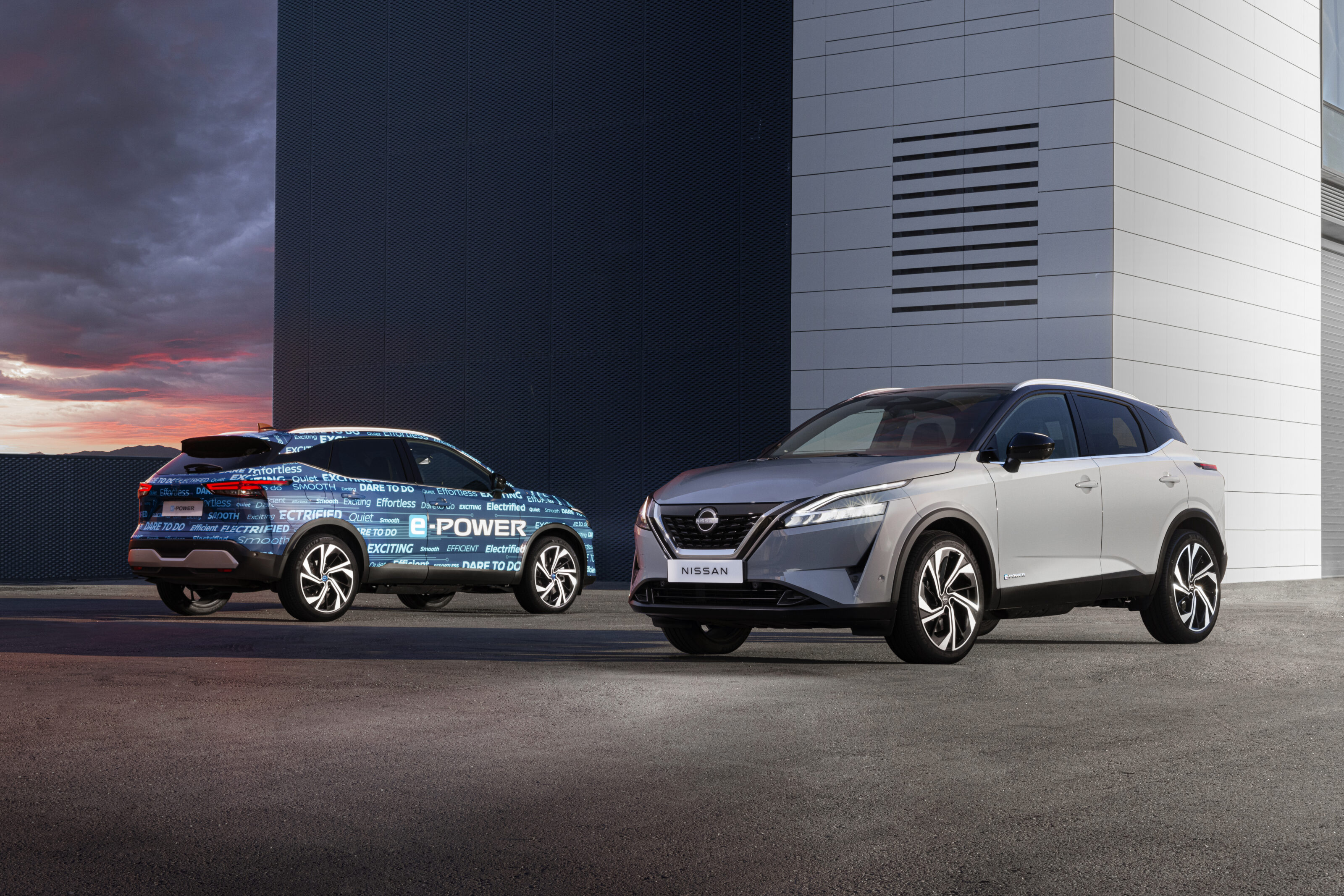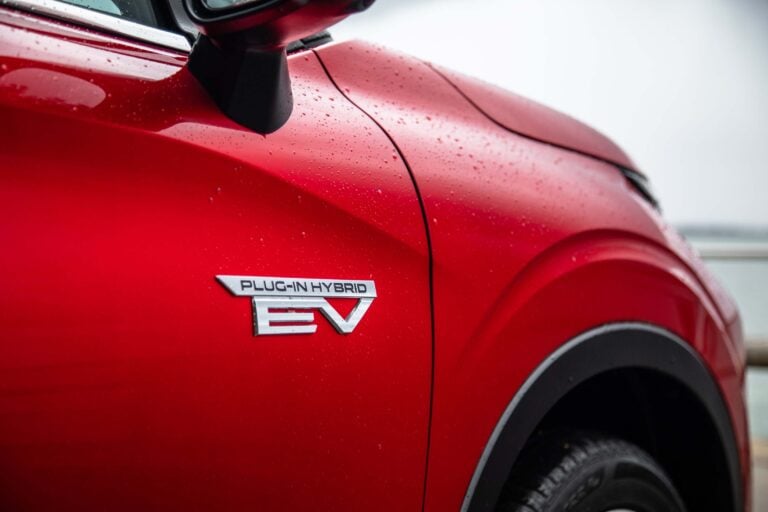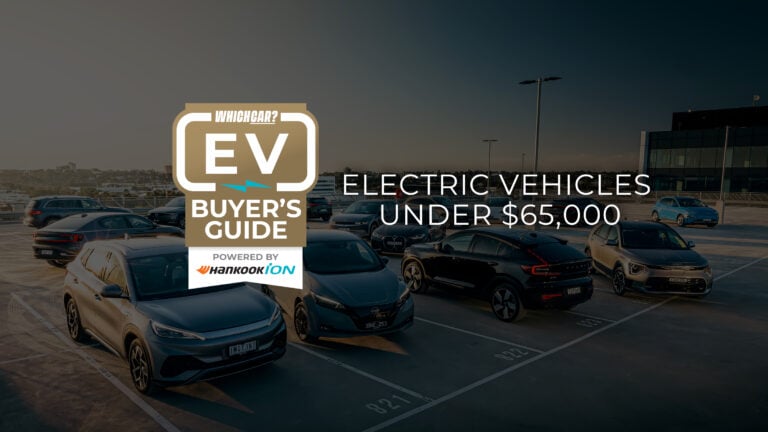
How do hybrid cars work? What types of hybrid cars are out there? We’ve got the answers for you right here.
But first, an unexpected culinary comparison…
Choosing the right type of hybrid car is a lot like picking a curry: it starts at an extremely mild korma, but the level of electrification builds to a high-voltage vindaloo.
Now, seriously, what’s a hybrid?
There are three broad categories each hybrid system fits into: mild, traditional (or just ‘hybrid‘) and plug-in (PHEV). Most hybrid systems use petrol engines as the internal-combustion engine (ICE) components, with diesels a rarity.
Seen often as a transition technology, hybrids offer both an alternative to pure ICE and electric motoring, with lower emissions than petrol power, but without the faff of having to charge every night.
In this article we’ll break down the broad categories, the nuances within, as well as the pros and cons of each to give you an idea of what fuel-sipping option will best suit your lifestyle.
Jump ahead
? Mild hybrids
The world of the mild hybrid, or MHEV, is one of confusion for many buyers.
Mild hybrids are effectively petrol cars with an additional small battery to run certain power-heavy systems, reducing load on the petrol engine.
Things start off with 12-Volt, run to 24-Volt and then to 48-Volt. Some examples really are just glorified accessory batteries.
The one thing to remember is not a single mild-hybrid car on sale has a battery big enough, or motor powerful enough to meaningfully motivate a car. That’s not their purpose.
The ups and downs of mild-hybrid cars
| We like | Not so muchu2026 |
|---|---|
| No need to change driving habits | Little-to-no efficiency gains |
| Usually attached to exotic ICEs that sound good | Added cost and complexity |
| Silent coasting on highways | Often marketed as more beneficial than they are |
? Examples of mild-hybrid cars
The ultra-mild hybrid: The Mazda MX-30 and CX-30 are both available with a G20e-badged engine, which uses a 12-volt mild-hybrid system. The accessory battery is larger, allowing longer stop-start intervals – meaning the engine doesn’t need to kick in as quickly if you’re using air-conditioning and similar systems. It saves 0.2L/100km in the combined ADR cycle.
The mild hybrid: You may be familiar with the term ‘sailing’ – the ability for a car to run accessories such as the brake booster and power steering with the engine switched off at highway speeds – and it’s this that characterises most advanced mild-hybrid systems, for example that found in the Audi Q5 45 TFSI MHEV.
The performance mild hybrid: Typically associated with F1-adjacent marketing campaigns, systems such as this have the most powerful electric motors in the MHEV sphere. Although they can’t drive the wheels, the electric motors do provide a performance boost, often by keeping the turbochargers spooled for improved throttle response as in the Mercedes-AMG C43.
? Traditional hybrids
The most familiar type of hybrid, made famous by the Toyota Prius. These don’t need to be plugged into the wall, and make no claims of electric-only driving range.
Because of their familiarity, we refer to these powertrains as simply ‘hybrids’ in our reviews and news – but here we’re using the term ‘traditional’, to minimise confusion.
Typically, these vehicles have small batteries (1-2kWh) designed to be discharged and recharged very quickly.
The most prolific example in this list, the traditional hybrid was brought to market by the quirky Honda Insight and Toyota Prius in the late ’90s, but Toyota now dominates the space.
The benefits are easy to see; typically a 30-50 per cent drop in fuel consumption compared to an equivalently powerful petrol engine, with zero change to driving habits.
But, as always, the hybrid is not as simple as it seems. There are three types – well really, two types and, err, a hybrid of both.
| We like | Not so muchu2026 |
|---|---|
| No need to change your driving style | Very limited (if any) electric driving range |
| Relatively affordable (usually $2-3K over ICE) | Petrol engines can be noisy |
| Better performance than ICE alone | Different configurations can be confusing |
What types of ‘traditional’ hybrids are available?
? Series hybrid
The series hybrid is the simplest configuration, albeit the less common type. Its design means the wheels are powered exclusively by an electric motor. The combustion engine – typically running in the Atkinson cycle – is used as a generator to top up the small-ish battery.
This configuration is sometimes referred to as a ‘range-extender electric vehicle’, as is the case for the defunct Holden Volt and BMW i3, though notably these also fall into the plug-in hybrid category. A smaller-battery series-hybrid powertrain is seen in Nissan’s e-Power hybrids, such as the Qashqai and X-Trail SUVs, which do not need to be plugged in.
The benefits are that an electric motor is far more energy-efficient than a combustion engine (roughly 85-95 per cent compared to 30-40 per cent) and offers instant torque. As the combustion piece doesn’t need to power any driveshafts or fluctuate RPMs, it can be tuned to run in a more efficient way. It also does not need to be solidly mounted, reducing noise and vibration.
Examples

? Parallel hybrid
This is where things get a little more complicated. The Parallel hybrid uses both electric and combustion motors in tandem. Examples on sale today include Hyundai and Kia’s systems found in a range of vehicles, including the Santa Fe hybrid and Niro hybrid.
These powertrains often have traditional drive systems, in the case of the all-wheel-drive Santa Fe hybrid, each wheel is connected to a normal driveshaft via a centre differential with the electric motor mounted between the engine and automatic transmission.
The result is perhaps the most natural feeling for those used to ICE cars, with a traditional torque converter automatic rather than single-speed reduction gear or CVT. The drawbacks are packaging, with smaller electric motors often used, meaning less electric-only driving range and worse fuel economy than the others in this list.
Examples
Back to top? Series-parallel hybrid
Like a half-and-half pizza, this is the best of both worlds and the brands synonymous with hybrid nous – Toyota and Honda – use this system. Here, electric motors can directly power the driveshafts in series mode, or – as needed – the petrol engine can cut in to produce maximum power output in tandem with the electric motor.
The drawbacks are the need for carefully programmed electronics that seamlessly switch between which mode is best based on the current situation. This can make-or-break a car’s efficiency and driving experience. Series-parallel hybrids are also more complicated and often noisier than the other options in this list when accelerating hard.
However, the series-parallel offers more packaging freedom than the parallel hybrid with the option of larger motors and – in the case of Toyota’s three-motor E-four system – a multitude of motors on both axles.
Typically, the series-parallel hybrid also offers excellent efficiency levels with extended electric operation and lower fuel consumption than parallel hybrids, while having greater total outputs than a series hybrid.
Examples
ud83dudd3c Back to top? Plug-in hybrid electric vehicles (PHEV)
The plug-in hybrid EV (or PHEV) is a tricky beast, delivering clear advantages when used as intended, while long drives and laziness can be their undoing.
Some would say it adds unnecessary complication and weight, while slow charging makes it a painfully flawed compromise when compared to both combustion and full-electric options – but for a few, it’s the best thing since Spell Check.
PHEVs may also be the saving grace of the great performance engine, with vehicles such as the Ferrari 296 GTB and forthcoming Mercedes-AMG C63 E Performance offering thrills and frugality.
The PHEV isn’t nearly as popular in Australia as the traditional hybrid, but there are many options on sale, largely out of necessity in Europe where zero-emissions zones in cities have forced manufacturers to invest in plug-in tech.
| We like | Not so muchu2026 |
|---|---|
| Usable, helpful electric driving range | Lots of extra weight to deal with |
| Often very powerful | Added expense drivetrain complexity |
| No range anxiety to worry about | Still create emissions, unlike EVs |
You can identify a PHEV by the biggest batteries in this list, usually between 8-20kWh in usable capacity and crazy-low consumption figures of 1.5-3L/100km (when using mostly all-electric mode).
Like the traditional hybrid, the batteries are designed to be discharged briskly and regularly, but unlike their smaller friends these hybrids require plugging into the wall for best results.
You see, adding 250 kilograms worth of lithium and steel to a traditional hybrid will leave you, well, probably getting the same 7-8L/100km as a petrol car – as Alex Inwood found out while running his long-term Mitsubishi Outlander PHEV without charge.
Charging is necessary then, because these vehicles have anywhere between 30-80km of electric-only driving range. So for those who live in urban environments with access to charging infrastructure (and a masochistic mind that enjoys maths), the plug-in hybrid can make for polar-bear-pleasing zero-emissions local driving.
All this comes without dealing with that dreaded ‘range anxiety’ EV-haters love to talk about… but for the love of Zeus, please don’t use public DC fast-charging infrastructure with your PHEV, because EV owners will despise you.
Examples
- Mitsubishi Outlander PHEV
- Mitsubishi Eclipse Cross PHEV
- Cupra Formentor PHEV
- Ford Escape PHEV
- Mercedes-AMG C63 E Performance
- Ferrari 296 GTB
Clear as mud? A little clearer, we hope
There you have it, a comprehensive guide with definitions, benefits and guidance on which type of hybrid will best suit your life.
If you’re unconvinced by the twin-power source, there’s always our electric vehicle buyer’s guide in which to indulge.
? MORE advice stories to help you with buying and owning a car
We recommend
-
 Advice
AdviceEvery Plug-in Hybrid EV on sale in Australia
Offering electric commuting minus the 'range anxiety', PHEVs are often a cheaper emissions-free option than full EVs – and there are plenty to choose from
-
 News
NewsNew car calendar 2026: All the new cars coming to Australia next year
Here’s the WhichCar by Wheels guide to all the new cars that will launch in Australia in 2026. Check back in regularly for updates...
-
 Comparisons
ComparisonsBest Electric Cars Under $65k: Cheapest EVs Rated
Welcome to part one of three price-based EV buying guides, this one focused on the most affordable electric cars available in Australia today




